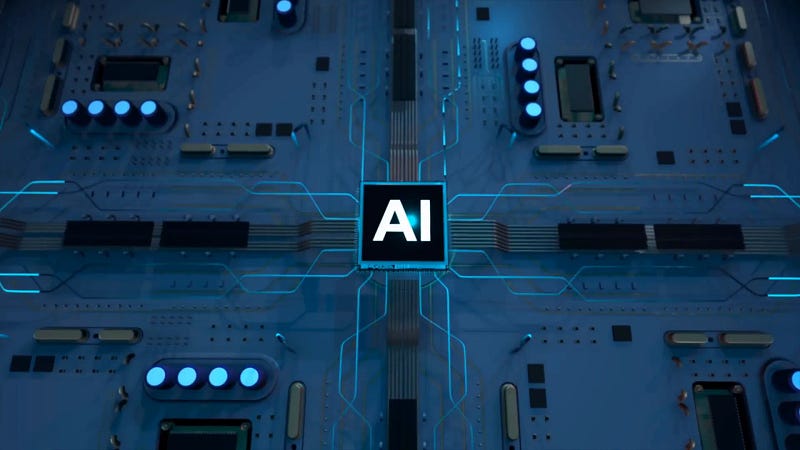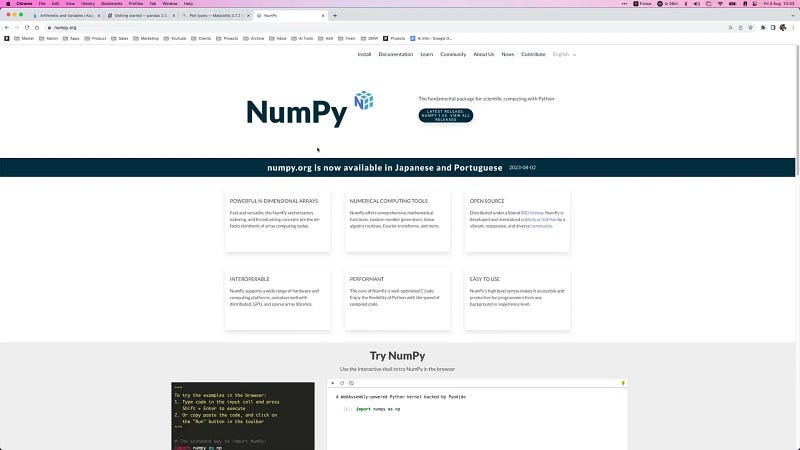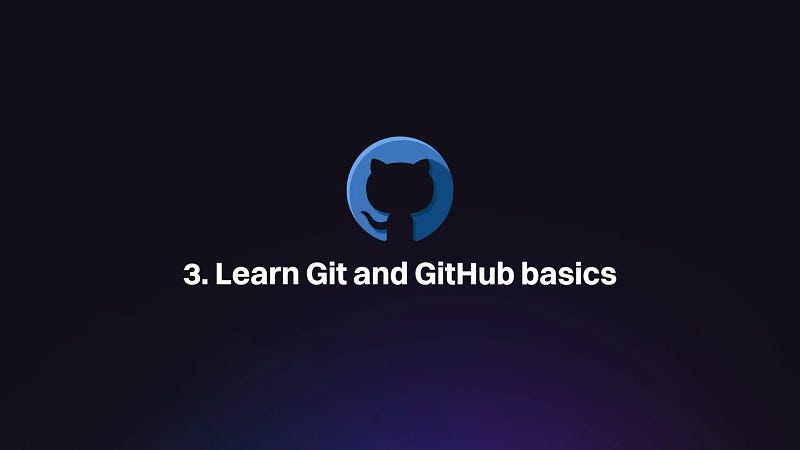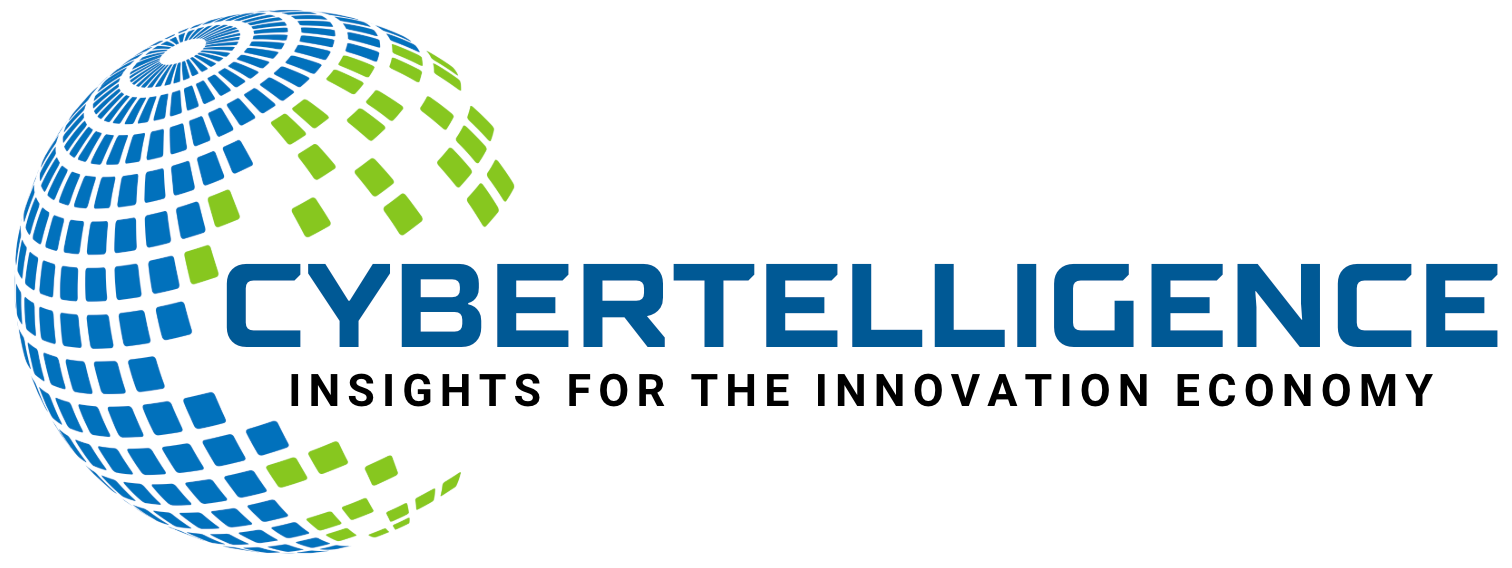How To Learn AI: A Complete Roadmap to Master Artificial Intelligence in 2025
Artificial Intelligence (AI) is no longer just a buzzword; it’s a transformative force reshaping industries and opening unprecedented…

Artificial Intelligence (AI) is no longer just a buzzword; it’s a transformative force reshaping industries and opening unprecedented career opportunities. If you’re eager to break into this exciting field, you might be wondering, how to learn AI effectively and build skills that matter. Whether you’re a complete beginner or someone looking to pivot into AI, this comprehensive roadmap will guide you through every essential step to become proficient and eventually monetize your AI expertise.
Drawing from over a decade of experience working as a freelance marketing technologis and a pioneering AI user, this roadmap offers a practical, learn-by-doing approach that’s tailored for 2025 and beyond. Along the way, you’ll discover the realities behind the AI hype, the importance of coding skills, and how to specialize based on your interests. Ready to start your AI journey? Let’s dive in.

Table of Contents
- Why Learn AI Now? Understanding the AI Boom
- Understanding What AI Really Is
- The Crucial Question: Do You Want to Be a Coder?
- What Makes This AI Learning Approach Different?
- Step 1: Set Up Your Work Environment
- Step 2: Learn Python and Key Libraries
- Step 3: Learn Git and GitHub Basics
- Step 4: Work on Projects and Build Your Portfolio
- Step 5: Pick Your Specialization and Share Your Knowledge
- Step 6: Continue to Learn and Upskill
- Step 7: Monetize Your AI Skills
- Bonus Tip: Surround Yourself with Like-Minded Individuals
- Additional Resources to Accelerate Your AI Learning
- Conclusion
- Frequently Asked Questions (FAQ)
- Get Started with Straico for AI Project Management
Why Learn AI Now? Understanding the AI Boom
The AI landscape is evolving at lightning speed. The market size for AI is projected to grow nearly twenty-fold by 2030, reaching close to two trillion US dollars. This explosive growth means that we are still in the early stages of what many are calling the AI revolution. For anyone curious about how to learn AI, now is arguably one of the best times to get started.
Recent breakthroughs, especially with pre-trained models from organizations like OpenAI, have dramatically lowered the barriers to entry. Tools like ChatGPT and other generative AI models have captured the imagination of millions, sparking excitement and a surge of new learners entering the field.
However, with this hype comes some common misconceptions. Many believe that starting an AI automation agency or building AI solutions is as simple as clicking a few buttons on no-code or low-code platforms. While these tools — such as Botpress, StackAI, and Flowwise — are excellent for prototyping and simple applications, they don’t replace the deep technical understanding needed to build reliable, scalable AI systems that businesses can trust.

Understanding What AI Really Is
Before you jump in, it’s crucial to clear up what artificial intelligence truly means. AI is a broad umbrella term encompassing various subfields and techniques. It’s not a brand-new concept; AI research dates back to the 1950s. Today’s AI hype often centers on generative models like ChatGPT, but the field is much larger and more diverse.
- Artificial Intelligence: Programs with the ability to learn and reason like humans.
- Machine Learning: A subset of AI focused on algorithms that improve through experience.
- Deep Learning: A further subset using neural networks to model complex patterns.
- Data Science: The discipline of extracting insights from data, often employing AI and machine learning.
In my work as a data scientist, I use AI, machine learning, and deep learning extensively. It’s important to recognize that AI is much more than just the flashy models you see in the news — it’s a multifaceted field requiring a solid foundation in programming, mathematics, and data manipulation.
The Crucial Question: Do You Want to Be a Coder?
One of the first and most important decisions you need to make on your AI journey is whether you want to become a coder or focus on no-code/low-code tools. There’s no right or wrong answer here — both paths offer exciting opportunities. But it’s essential to understand the pros and cons:
- No-Code/Low-Code Tools: Great for rapid prototyping and people who want to leverage AI without deep technical knowledge. Tools like Botpress and StackAI allow you to build simple AI applications quickly.
- Coding and Custom Development: Necessary if you want to build robust, scalable AI solutions companies can rely on. This path requires learning programming languages and understanding the technical underpinnings of AI.
This roadmap focuses on the latter — learning AI with a deep technical understanding. If you decide that coding isn’t for you, I recommend exploring the no-code tools mentioned above. But if you’re ready to “join the dark side” and become a coder, here’s how you can start.
What Makes This AI Learning Approach Different?
Many AI learning paths out there either focus heavily on theory — mathematics, statistics, and algorithms — or promote quick, surface-level tutorials that don’t build a solid foundation. My approach is different. I believe in learning by doing, reverse engineering existing projects, and filling in the gaps as you go along.
This practical approach is designed to get you hands-on experience quickly while still grounding you in the fundamentals needed for success. Whether you want to build applications using large language models or become a data scientist or machine learning engineer, this roadmap will help you develop essential skills and workflows.

Step 1: Set Up Your Work Environment
The first step in your AI journey is to set up a reliable and efficient work environment on your computer or laptop. This might sound trivial, but it’s a crucial foundation.
Why Python? Python is the go-to programming language for AI and data science. It’s beginner-friendly, widely supported, and has a rich ecosystem of libraries tailored for AI tasks.
When you start learning Python, you might quickly grasp the syntax and basics from online tutorials. However, many beginners hit a stumbling block when trying to run code on their own machines. Setting up a proper Python environment, including an IDE (Integrated Development Environment) and package management, is essential for smooth progress.
I have a specific setup approach that many find helpful, which includes using tools like Anaconda or virtual environments to manage dependencies effectively. Getting comfortable with your environment will save you hours of frustration later and make learning AI much more enjoyable.

Step 2: Learn Python and Key Libraries
Once your environment is ready, it’s time to dive into Python programming. If you’re new to programming entirely, begin with the fundamentals — variables, control flow, functions, and data structures. Many free resources are available to get you started.
After grasping the basics, focus on Python libraries crucial for AI and data science:
- NumPy: Essential for numerical computing and working with arrays.
- Pandas: Powerful data manipulation and analysis library.
- Matplotlib and Seaborn: Libraries for data visualization.
These libraries enable you to clean, manipulate, and visualize data — core skills for any AI practitioner. Remember, all AI applications are built on data, so mastering these tools is key to transforming raw, unstructured data into valuable insights.

Step 3: Learn Git and GitHub Basics
While some argue that version control systems like Git might be advanced for beginners, I believe understanding the basics early on is invaluable. Many AI tutorials and projects are hosted on GitHub, and knowing how to clone repositories, manage versions, and collaborate is a huge advantage.
Git allows you to:
- Download and experiment with existing AI projects.
- Track changes in your code and revert if needed.
- Collaborate with others in the AI community.
By learning Git and GitHub, you gain access to a vast library of open-source AI projects that you can study, reverse engineer, and modify. This hands-on experience will deepen your understanding of how AI projects are structured and implemented.

Step 4: Work on Projects and Build Your Portfolio
Now that you have a solid foundation, it’s time to apply what you’ve learned by working on projects. Building a portfolio is not only essential for showcasing your skills but also for deepening your knowledge through real-world problem-solving.
One of the best places to start is Kaggle, a platform hosting data science and machine learning competitions. Kaggle offers:
- Access to datasets and real-world problems.
- Community-shared notebooks and solutions.
- Opportunities to compete and win prizes.
By exploring Kaggle competitions, you can see how top data scientists approach problems, analyze their code, and try to improve upon it.
If you’re interested in working with large language models and generative AI, I recommend exploring code repositories like my LangChain experiments on GitHub. These repositories contain practical examples such as:
- A YouTube bot that summarizes videos.
- A Slack bot for team communication.
- An agent that answers questions about large data tables.
Working on projects will also help you identify areas where you need more learning or practice, allowing you to focus your studies more effectively.

Step 5: Pick Your Specialization and Share Your Knowledge
After gaining project experience, you’ll start to get a clearer idea of which AI domain excites you most. AI is vast, covering areas like:
- Computer Vision
- Natural Language Processing
- Machine Learning Engineering
- Generative AI and Large Language Models
Choosing a specialization allows you to deepen your expertise and differentiate yourself in the job market.
Another powerful way to solidify your learning is by sharing your knowledge. This could be through:
- Writing blog posts or articles on platforms like Medium or Towards Data Science.
- Creating video tutorials or YouTube content.
- Participating in community forums or open-source projects.
Teaching others forces you to clarify your understanding, identify gaps in your knowledge, and stay up to date with the latest developments. Plus, it helps build your personal brand and network.

Step 6: Continue to Learn and Upskill
AI and data science are rapidly evolving fields. Even after mastering the basics and choosing a specialization, continual learning is crucial. Depending on your chosen path, you might need to:
- Deepen your understanding of mathematics and statistics to improve your machine learning models.
- Enhance software engineering skills to build scalable AI applications.
- Learn about APIs and cloud platforms to deploy AI solutions effectively.
- Stay updated on the latest research papers, tools, and frameworks.
Everyone’s journey is unique. The key is to identify your knowledge gaps as you work on projects and seek targeted resources to fill them. This iterative learning process helps you evolve from a beginner to an expert over time.

Step 7: Monetize Your AI Skills
Finally, the ultimate goal for many learners is to monetize their AI skills. This can take several forms:
- Full-time employment: Working as a data scientist, machine learning engineer, or AI specialist at a company.
- Freelancing: Offering AI consulting or development services to clients.
- Building products: Creating AI-powered applications or startups.
While exploring AI in your free time is valuable, the real growth happens when you face real-world pressure — deadlines, client expectations, and project requirements. These challenges push you to be resourceful, creative, and continuously learn on the job.
Monetization also validates your skills and opens doors to further opportunities and collaborations.

Additional Resources to Accelerate Your AI Learning
While the roadmap above provides a structured path, here are some extra resources that can help you deepen your AI skills:
- ProjectPro: A curated library offering over 3,000 free data science recipes and 250+ end-to-end projects with video walkthroughs and support. It’s ideal for both learning and professional work.
- Kaggle: For hands-on competitions and community-shared notebooks.
- GitHub: Explore repositories with practical AI projects and experiments.
- Online courses: Platforms like Coursera, Udacity, and edX offer specialized AI and machine learning programs.
Consistent practice combined with quality resources is the key to mastering AI.

Conclusion
Learning artificial intelligence in 2025 requires a clear, practical roadmap that balances foundational knowledge with hands-on experience. By setting up your environment, mastering Python and essential libraries, learning version control, working on projects, specializing, sharing knowledge, and continuously upskilling, you’ll position yourself for success in this booming field.
Remember, the journey to becoming proficient in AI is unique for everyone. The key is to get your hands dirty, stay curious, and embrace challenges. Monetizing your skills through jobs, freelancing, or building products will further solidify your expertise and open exciting career paths.
Most importantly, surround yourself with a community that supports your growth and keeps you motivated. With dedication and the right approach, you can thrive in the AI revolution.
Frequently Asked Questions (FAQ)
1. Do I need to be an expert coder to start learning AI?
No, you don’t need to be an expert coder initially. However, learning Python programming is essential if you want to build custom AI applications and gain a deep understanding of the field. You can start with basics and gradually build your skills.
2. Can I use no-code or low-code tools to work with AI?
Yes, no-code and low-code tools like Botpress and StackAI are great for prototyping and simple AI solutions. But for building scalable and reliable AI systems, coding knowledge is highly recommended.
3. What are the best libraries to learn for AI in Python?
Start with NumPy for numerical operations, Pandas for data manipulation, and Matplotlib or Seaborn for data visualization. These libraries form the foundation for most AI and data science projects.
4. How important is Git and GitHub for AI learning?
Very important. Git and GitHub allow you to access, share, and collaborate on code projects. Understanding these tools helps you learn from existing projects and manage your own work efficiently.
5. How do I choose an AI specialization?
Explore different AI domains through projects and learning resources. Your interests and career goals will guide your specialization, whether it’s computer vision, natural language processing, machine learning engineering, or generative AI.
6. What’s the best way to monetize AI skills?
You can monetize your AI skills through employment, freelancing, or developing your own AI products. Real-world projects with deadlines and client requirements push you to grow and apply your knowledge effectively.
7. How can I stay motivated throughout my AI learning journey?
Join online communities of like-minded learners, share your knowledge, and work on projects that excite you. Surrounding yourself with peers and mentors helps maintain motivation and accelerates your progress.
Get Started with Straico for AI Management
As you embark on your AI learning journey and start working on projects, managing your workflow and collaboration efficiently becomes crucial. Straico offers a user-friendly platform to help you organize your AI development tasks, putting a wide range of LLMs in one easy to use interface!
This article was based on the information containted in the video How I’d Learn AI in 2025 (if I could start over)




